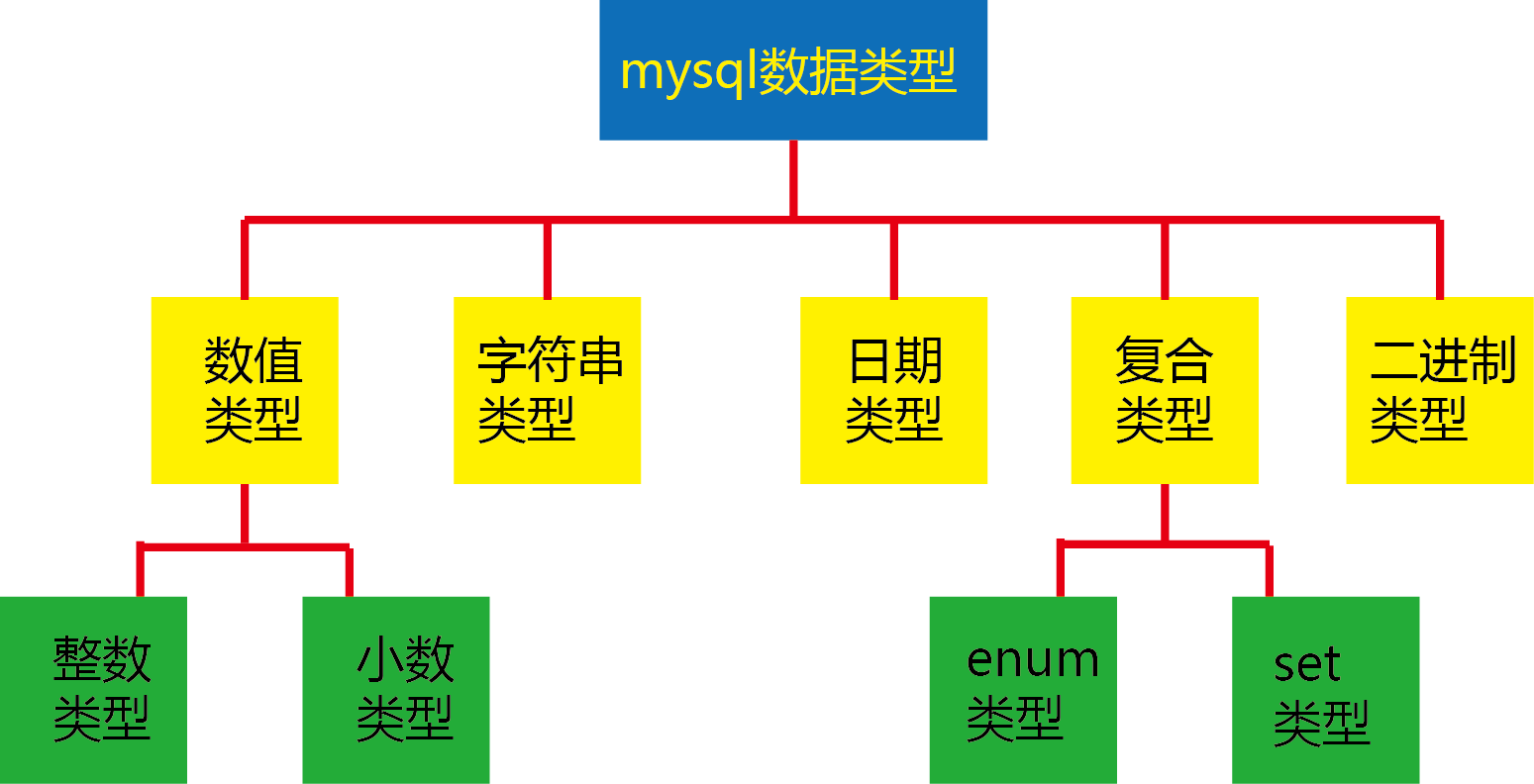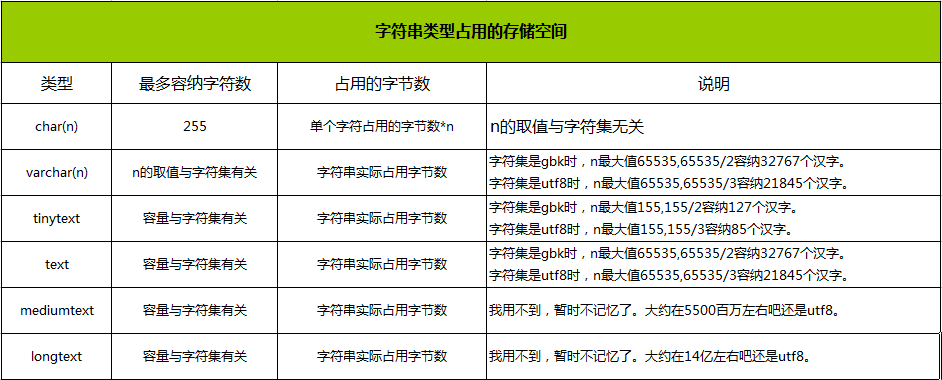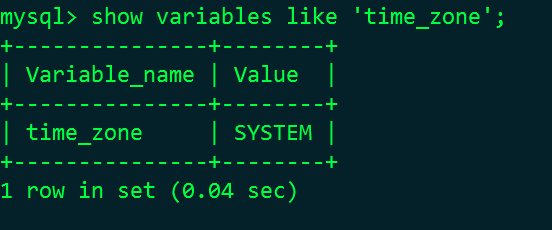Mysql study notes (1)
The kingdom of technology is so fascinating. As soon as I started working in IT, I was seduced and confused by various technologies and wanted to learn everything. I am still the kind of person who keeps my word, but fortunately I have a little bit of perseverance, so I got a little bit of all kinds of things. But this ubiquitous situation really doesn’t match my IQ. I don't have that much energy to learn so many things. Slowly learn to temporarily give up some technologies, and first deeply study the things you need to use in your work. Such as mysql, etc. For things that I particularly like, such as Linux, it is too advanced and complicated. I don't want to give up, so I will give Linux an hour every day to get familiar with the commands and gradually progress. After the various skills that I rely on for my survival are more perfect, I think I can spare a lot of time to study Linux.
I was reading a book while thinking about it. The title of the book is "MySQL Core Technology and Best Practices". While studying, I jot down anything useful when I see it, so my notes will definitely look a little messy. I have already mastered some knowledge points before, so maybe I won’t write about them. This is just a self-study note, so you can stop here. I don’t want to waste your study time.
InnoDB engine and MyISAM engine
MySQL is a relational database. The storage engines can be viewed using show engines. My version is 5.6.26. To view the version, use select version() to view it. MySQL 5.6.26 has 9 storage engines. The most common and clichéd ones are MyISAM and InnoDB. If the business is non-transcation, then the two storage engines are similar and there is no difference in performance. If most select queries are required in the business, the MyISAM storage engine can be used. If you need things, you need to use InnoDB storage.
Backup of MySQL
In order to avoid data inconsistency during backup, writing operations to the database are not allowed during the database backup.
You can use flush tables with read lock;
Now scan the table data in the memory and restore it to the table. Then lock the table. Colleagues grant read permission. In other words, when the database is backed up, there is still read permission.
Wait until the database backup operation is completed, and then unlock the database. tables unlock;
MySQL data type
The pictures of this data type structure in the book are quite good, but after searching online, they are not very good. So I might as well draw one myself, it won't take long.

Ma Dan, my drawing tool is broken, I will just sum up my knowledge, why bother.
The next step is text. Text comes quickly and saves effort.
Decimal types are divided into precise decimal types and floating point decimal types.
Decimal types include decimal exact types.
Floating point decimals, including single and double precision. (I don’t know what this means. If you are interested, check it out on Baidu. The more commonly used one is decimal). '
decimal(length, precision) . Lengh represents the total length of the number, and precision represents the length after the decimal point.
MySQL’s string types
MySQL mainly supports six string types, char, varchar, tinyintm, text, mediumtext, longtext.
I didn’t know the string types clearly before. Made many mistakes. After reading the book and experimenting, I understood a lot.
The following content directly quotes the third chapter of "MySQL Core Technology and Best Practices".
char(n) is a fixed-length string type, which represents the storage space occupied by n characters (note not bytes). The maximum value of n is 255. For example, for the Chinese simplified character set gbk encoding, char(255 ) means that 255 Chinese characters can be stored, and each Chinese character occupies two bytes of storage space. For a string in the utf8 character set, char(255) means that 255 Chinese characters can be stored, and each Chinese character occupies 3 bytes of storage space.
varchar(n) is a variable-length string type, which means that the storage space occupied by such a string is the storage space occupied by the string itself, regardless of n. This is different from char(n), which is different from char(n). For example, for the string of the simplified Chinese character set gbk, varchar(255) means that 255 Chinese characters can be stored. Each Chinese character occupies two bytes of storage space. If this string does not contain so many Chinese characters, for example, it only includes one "中" character, then varchar(255) only takes up one character (2 bytes) of storage space, if other overhead is not considered. And char(255) must occupy 255 characters of storage space, even if only one Chinese character is stored in it.
Storage space occupied by various character types:

MySQL’s date type
MySQL mainly supports 5 date types. date, time, year, datetime, timestamp.
Date type. The format supports year, month and day. YYYY—MM—DD;
Time type. Minutes and seconds. HH: II: SS.
Datetime is a combination of date and time. That is the year, month and day. Hours, minutes and seconds passed.
timestamp is almost the same as datetime.
But you can’t be too particular about studying. Let’s take a look at the difference between timestamp and datetime.
represents different value ranges, the value range of datetime is much larger than the value range of timestamp. Timestamp will be finished by 2037.
If timestamp is not assigned a value, the value of this field is actually the current date and time of the mysql server.
For dates or times of the same timestamp type. Different losses show different results. Using the MySQL command show varialbes like "time_zone" will display the following information.

This SYSTEM means that the system time is used.
When a record containing timestamp data is modified, the timestamp data will be automatically updated to the current date and time of the mysql server.
MySQL binary type
I should not be involved in the binary data type of the MySQL database, at least not yet. Just knowing that mysql can store binary data is enough, I think. Come back to study if necessary in the future. : 悟 A little perception:

Hot AI Tools

Undresser.AI Undress
AI-powered app for creating realistic nude photos

AI Clothes Remover
Online AI tool for removing clothes from photos.

Undress AI Tool
Undress images for free

Clothoff.io
AI clothes remover

AI Hentai Generator
Generate AI Hentai for free.

Hot Article

Hot Tools

Notepad++7.3.1
Easy-to-use and free code editor

SublimeText3 Chinese version
Chinese version, very easy to use

Zend Studio 13.0.1
Powerful PHP integrated development environment

Dreamweaver CS6
Visual web development tools

SublimeText3 Mac version
God-level code editing software (SublimeText3)

Hot Topics
 1376
1376
 52
52
 The relationship between mysql user and database
Apr 08, 2025 pm 07:15 PM
The relationship between mysql user and database
Apr 08, 2025 pm 07:15 PM
In MySQL database, the relationship between the user and the database is defined by permissions and tables. The user has a username and password to access the database. Permissions are granted through the GRANT command, while the table is created by the CREATE TABLE command. To establish a relationship between a user and a database, you need to create a database, create a user, and then grant permissions.
 MySQL: The Ease of Data Management for Beginners
Apr 09, 2025 am 12:07 AM
MySQL: The Ease of Data Management for Beginners
Apr 09, 2025 am 12:07 AM
MySQL is suitable for beginners because it is simple to install, powerful and easy to manage data. 1. Simple installation and configuration, suitable for a variety of operating systems. 2. Support basic operations such as creating databases and tables, inserting, querying, updating and deleting data. 3. Provide advanced functions such as JOIN operations and subqueries. 4. Performance can be improved through indexing, query optimization and table partitioning. 5. Support backup, recovery and security measures to ensure data security and consistency.
 Can I retrieve the database password in Navicat?
Apr 08, 2025 pm 09:51 PM
Can I retrieve the database password in Navicat?
Apr 08, 2025 pm 09:51 PM
Navicat itself does not store the database password, and can only retrieve the encrypted password. Solution: 1. Check the password manager; 2. Check Navicat's "Remember Password" function; 3. Reset the database password; 4. Contact the database administrator.
 Query optimization in MySQL is essential for improving database performance, especially when dealing with large data sets
Apr 08, 2025 pm 07:12 PM
Query optimization in MySQL is essential for improving database performance, especially when dealing with large data sets
Apr 08, 2025 pm 07:12 PM
1. Use the correct index to speed up data retrieval by reducing the amount of data scanned select*frommployeeswherelast_name='smith'; if you look up a column of a table multiple times, create an index for that column. If you or your app needs data from multiple columns according to the criteria, create a composite index 2. Avoid select * only those required columns, if you select all unwanted columns, this will only consume more server memory and cause the server to slow down at high load or frequency times For example, your table contains columns such as created_at and updated_at and timestamps, and then avoid selecting * because they do not require inefficient query se
 How to create navicat premium
Apr 09, 2025 am 07:09 AM
How to create navicat premium
Apr 09, 2025 am 07:09 AM
Create a database using Navicat Premium: Connect to the database server and enter the connection parameters. Right-click on the server and select Create Database. Enter the name of the new database and the specified character set and collation. Connect to the new database and create the table in the Object Browser. Right-click on the table and select Insert Data to insert the data.
 How to copy tables in mysql
Apr 08, 2025 pm 07:24 PM
How to copy tables in mysql
Apr 08, 2025 pm 07:24 PM
Copying a table in MySQL requires creating new tables, inserting data, setting foreign keys, copying indexes, triggers, stored procedures, and functions. The specific steps include: creating a new table with the same structure. Insert data from the original table into a new table. Set the same foreign key constraint (if the original table has one). Create the same index. Create the same trigger (if the original table has one). Create the same stored procedure or function (if the original table is used).
 How to view database password in Navicat for MariaDB?
Apr 08, 2025 pm 09:18 PM
How to view database password in Navicat for MariaDB?
Apr 08, 2025 pm 09:18 PM
Navicat for MariaDB cannot view the database password directly because the password is stored in encrypted form. To ensure the database security, there are three ways to reset your password: reset your password through Navicat and set a complex password. View the configuration file (not recommended, high risk). Use system command line tools (not recommended, you need to be proficient in command line tools).
 How to view mysql
Apr 08, 2025 pm 07:21 PM
How to view mysql
Apr 08, 2025 pm 07:21 PM
View the MySQL database with the following command: Connect to the server: mysql -u Username -p Password Run SHOW DATABASES; Command to get all existing databases Select database: USE database name; View table: SHOW TABLES; View table structure: DESCRIBE table name; View data: SELECT * FROM table name;




